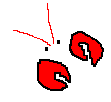Recent Edits
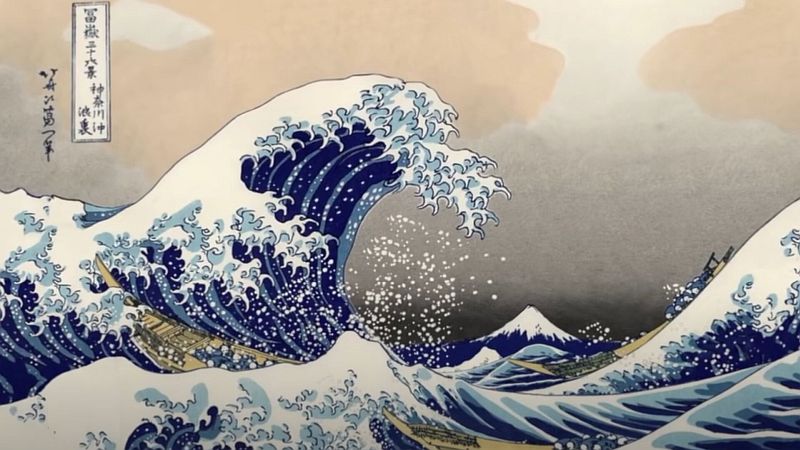
These are all so-called "true crabs".
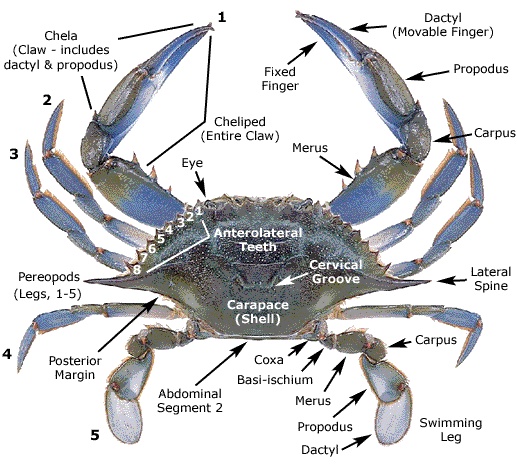
True crabs are crustaceans with extremely reduced tails, which are carried folded under the body. Males are generally larger than females. Presented here are just the most common of many local species. Sizes quoted below are body width. Hermit Crabs are listed elsewhere. They are not closely related.
More: Crabs ...
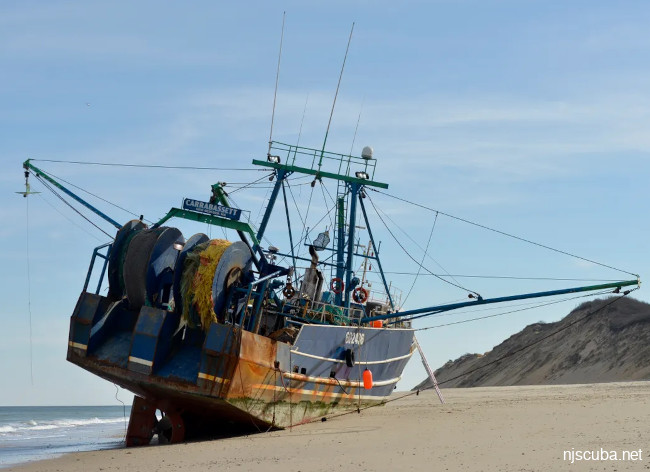
- Type:
- artificial reef, trawler
- Built:
- 1979, Gulf Coast Marine Builders, Bayou La Batre AL, as Cowboy
- Specs:
- ( 90 ft ) 159 tons
- Sunk:
- April 2024 - Axel Carlson Artificial Reef
- GPS:
- UNPUBLISHED
More: Carrabassett ...

- Type:
- artificial reef, trawler
- Built:
- 1977, Steiner Shipyard, Bayou La Batre AL as Margaret Rose
- Specs:
- ( 77 ft ) 142 gross tons
- Sunk:
- Thursday Feb 13, 2025 - Manasquan Artificial Reef
- GPS:
- UNPUBLISHED
- Depth:
- 75 ft
The Susan Rose is a secret reef, sunk with no public notice or announcement. It will no doubt be used for another "period of successional development and monitoring" like the Carrabassett since 2024 and the New England Coast since 2023. Here is the NJDEP contact form if you would like to inquire about the progress of these studies:
More: Susan Rose ...

- Type:
- artificial reef, tugboat, Dann Marine, USA
- Built:
- 1966 - Main Iron Works, Houma LA, as New England Sun
- Specs:
- ( 105 x 30 ft ) 184 gross tons
- Sunk:
- Friday July 7, 2023 - Shark River Artificial Reef
- GPS:
- UNPUBLISHED
- Depth:
- 125 ft
More: New England Coast ...
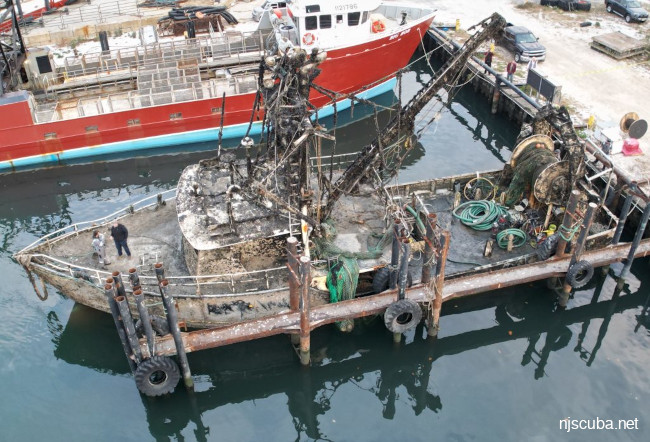
The Susan Rose was re-sunk as an artificial reef in February. Over two months later there still has been no public announcement. Here is the NJDEP contact form if you would like to inquire:
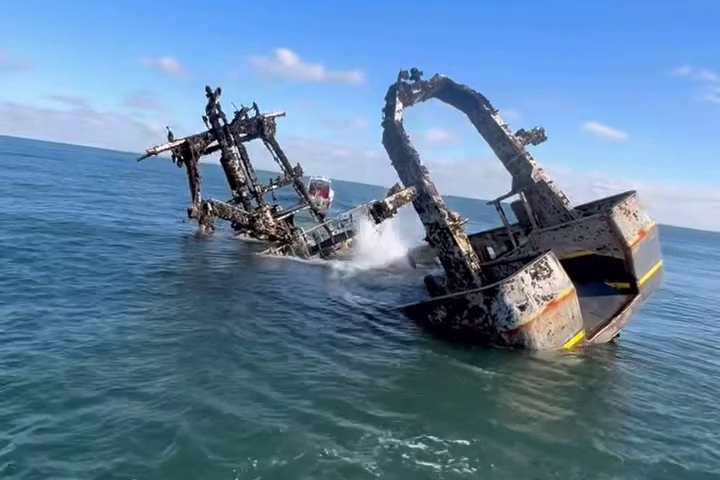

I finally added two "new" artificial reefs, the Carrabassett on the Axel Carlson Reef and the New England Coast on the Shark River Reef. I have been waiting patiently for the numbers to be released, and was just informed that these two sites are undergoing "a period of successional development and monitoring" before publication. These studies were never announced at the time, in fact the New England Coast was kept out of the newspapers entirely, obviously so the science would not be tainted by the public. I imagine this study is a lot like this one, conducted by NJDEP fisheries biologists Jennifer Resciniti and Bill Figley over the course of 8 years, published in 2003.
More: "New" Artificial Reefs ...
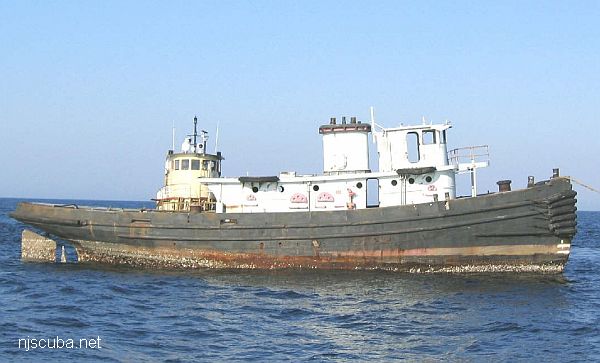
- Type:
- artificial reef, tugboat, US Navy
- Specs:
- ( 100 ft ) 260 LDT
- Sponsor:
- Abyss Dive Club
- Sunk:
- Thursday Sept 25, 2003 - Deepwater Artificial Reef
- GPS:
- 39°57.984' -74°10.771'
- Depth:
More: Diver's Abyss YTM-? ...
I did some php programming in my custom WordPress theme, and gave it a new ability. Now on each page I can embed related pages, which previously only appeared as links in the sidebar ( and still do. ) While it is possible to embed anywhere, the sensible place is at the end, after all the content. Embedding a page in the middle of another page would probably be confusing. Actually, when a page is embedded, only the beginning of it is displayed, with a link to the whole thing. Then I got an even better idea, and added the page's 'parent' to the list. I also made some formatting changes so that each embedded page is clearly a separate entity.
What is really cool about this for this website is that now every dive site's page now includes the relevant charts. This is something I always had in the back of my mind, but I never thought of an easy way to do it across hundreds of pages, until now. Once the code was finished, it took just a single change in the WordPress setup to make it happen.
More: A Nice Upgrade ...
15.6 Nautical Miles off Manasquan
Depth: 120-140 ft [download]
More: Shark River Artificial Reef ...
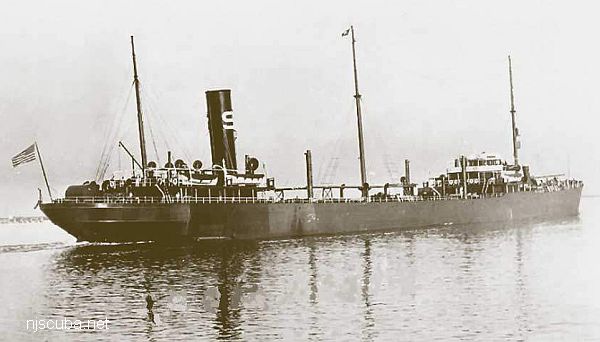
- Type:
- shipwreck, tanker, USA
- Built:
- 1921, Bethlehem Quincy, Quincy MA USA
- Specs:
- ( 468 x 62 ft ) 8327 gross tons, 38 crew
- Sunk:
- Wednesday February 4, 1942
torpedoed by U-103 - 12 survivors - Depth:
- 190 ft
More: India Arrow ...

- Type:
- shipwreck, clam dredge, USA
- Built:
- 1936, Johnson Marine Railway, Crittenden VA USA
- Specs:
- ( 93 x 25 ft ) 113 gross tons
- Sunk:
- early 1980s, burned, no casualties
- Depth:
More: Chesapeake ...
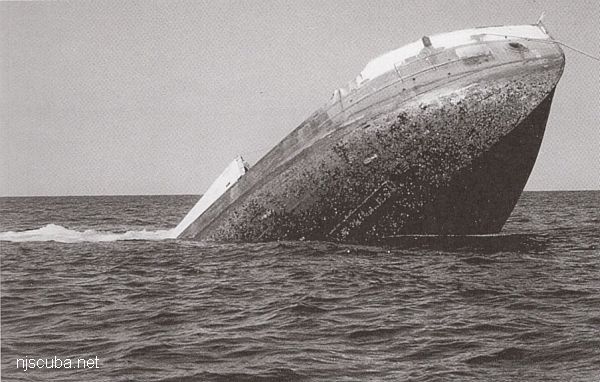
- Type:
- artificial reef, trawler, USA
- Specs:
- ( 135 x 32 ft )
- Built:
- 1945, American Bridge, Ambridge PA, as YF-879
- Sponsor:
- Cape May County Party & Charter Boat Association, Atlantic Cape Fisheries, Artificial Reef Association
- Sunk:
- Friday August 21, 1992 - Cape May Artificial Reef
- GPS:
- 38°53.118' -74°40.190'
- Depth:
- 70 ft
More: Sea Transporter YF-879 ...
no photo available
- Type:
- artificial reef, trawler
- Built:
- 1974, Marine Builders, Mobile AL USA
- Specs:
- ( 77 x 23 ft )
- Sunk:
- Friday Jan 30, 2009 - Delaware #11 Artificial Reef
- GPS:
- 38°40.540' -74°43.957'
More: Crazy Horse ...

- Type:
- artificial reef, barge
- Built:
- 1953, Avondale Shipyards, New Orleans LA, as BCL-1103
- Specs:
- ( 110 x 34 ft ) 144 tons
- Sunk:
- Friday Oct 20, 2000 - Delaware #11 Artificial Reef
- GPS:
- 38°40.540' -74°43.957'
More: YC-1479 ...
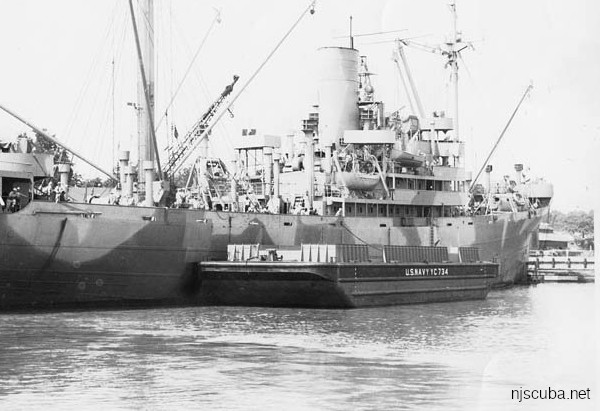
- Type:
- artificial reef, barge, US Navy
- Built:
- 1941, Dravo Corporation, Wilmington DE USA
- Specs:
- ( 110 x 35 ft ) 400 tons dead weight
- Sunk:
- Wednesday March 10, 2010 - Delaware #10 Artificial Reef
- GPS:
- 38°36.608' -74°56.494'
More: YC-725 ...
no photo available
- Type:
- artificial reef, tugboat
- Built:
- 1950, Tampa Marine, Tampa, FL, as William H
- Specs:
- ( 90 ft )
- Sunk:
- Tuesday June 19, 2001 - Delaware #11 Artificial Reef
- GPS:
- 38°40.540' -74°43.957'
More: Margie Ann ...
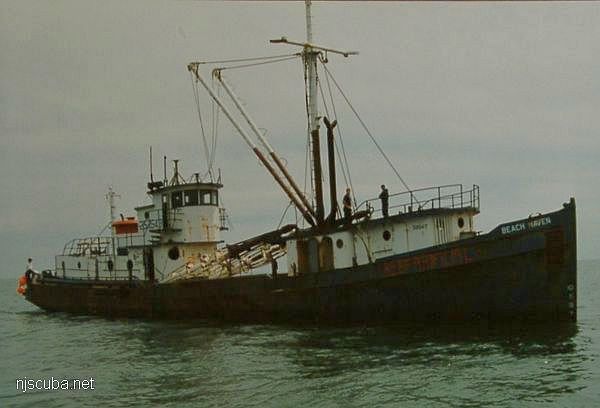
- Type:
- artificial reef, purse seiner, clam dredge, USA
- Built:
- 1949, RTC Shipbuilding, Camden NJ USA
- Specs:
- ( 125 x 21 ft )
- Sponsor:
- Gifford Marine Company, Fish America Foundation, Artificial Reef Association
- Sunk:
- Thursday August 6, 1992 - Atlantic City Artificial Reef
- GPS:
- 39°15.340' -74°14.017'
More: Beach Haven ...
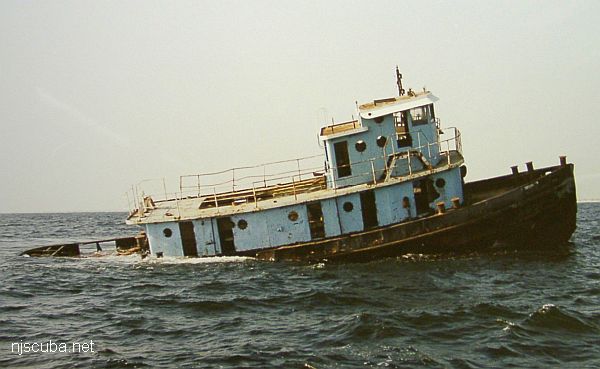
- Type:
- artificial reef, tugboat
- Built:
- 1943, Lawley & Sons, Neponset MA USA as DPC-15, later Brooklyn
- Specs:
- ( 86 ft )
- Sponsor:
- Friends of the Norma K
- Sunk:
- Tuesday October 30, 2001 - Axel Carlson Artificial Reef
- GPS:
- 40°03.390' -73°59.550'
More: Brooklyn DPC-15 ...

- Type:
- shipwreck, party boat
- Specs:
- ( 47 ft ) 22 crew & passengers
- Sunk:
- Sunday Oct 24, 1982
foundered in rough weather - 6 casualties - Depth:
- 80 ft
probably nothing left but the engine, and that is probably buried
More: Joan LaRie III ...
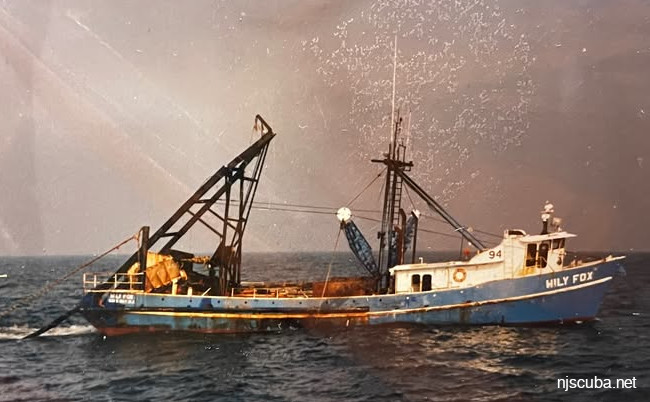
- Type:
- shipwreck, clam dredge, USA
- Built:
- 1966, Rockport Yacht & Supply Co. (RYSCO), Rockport TX USA
- Specs:
- ( 91 ft ) 175 gross tons
- Sunk:
- Thursday, May 11, 1989
foundered - Depth:
- 150 ft
More: Wily Fox ...

- Type:
- artificial reef, clam dredge, USA
- Built:
- 1948, RTC Shipbuilding, Camden NJ, USA, as Brigantine
- Specs:
- ( 122 x 24 ft ) 178 gross tons
- Sponsor:
- Gifford Marine Company, Ocean City Marlin & Tuna Club, Fish America Foundation
- Sunk:
- Saturday April 23, 1989 - Atlantic City Artificial Reef
- GPS:
- 39°13.610' -74°13.045'
- Depth:
- 90 ft
More: Nils S ...
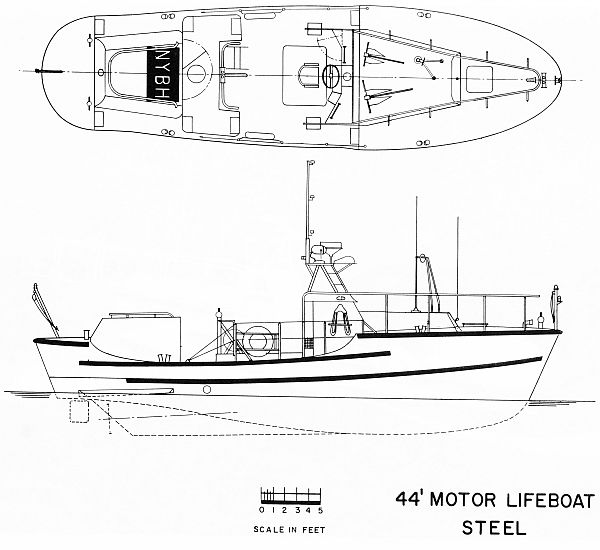
- Type:
- artificial reef, MLB-44 patrol boats ( 2 ), US Coast Guard
- Built:
- 1963, Curtis Bay MD USA
- Specs:
- ( 44 x 12 ft ) 20 tons
- Sponsor:
- Ocean Wreck Divers (USCG 44333)
VHFC - Village Harbor Fishing Club, GDF (USCG 44322) - Depth:
- OWD - 60 ft
VHFC - 80 ft - Sunk:
- OWD - Tuesday July 11, 1995
VHFC - Tuesday May 16, 1995 - Garden State South Artificial Reef - GPS - OWD:
- 39°33.426' -74°05.973'
- GPS - VHFC:
- 39°33.496' -74°05.991'
More: VHFC / OWD I ...
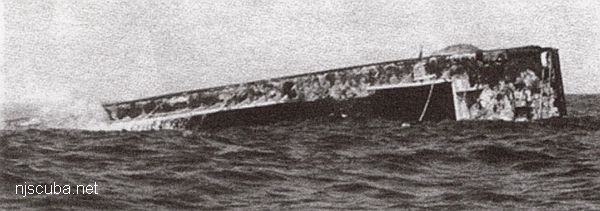
- Type:
- artificial reef, barge
- Built:
- 1936, Port Richmond, NY USA
- Specs:
- ( 150 x 40 ft ) 684 GT
- Sponsor:
- Eklof Marine, Ocean Wreck Divers club, Artificial Reef Association, Village Harbor Fishing Club
- Sunk:
- Wednesday May 11, 1994 - Garden State South Artificial Reef
- GPS:
- 39°33.528' -74°06.309'
More: Starcraft ...

- Type:
- artificial reef, tugboat, USA
- Built:
- 1957, Calumet Shipyard & Drydock, Chicago IL USA
- Specs:
- ( 85 x 23 ft )
- Sponsor:
- Spentonbush Red Star Company
- Sunk:
- Friday January 31, 1986 - Sea Girt Artificial Reef
- GPS:
- 40°06.158' -73°57.198'
- Depth:
- 70 ft
More: Spartan ...
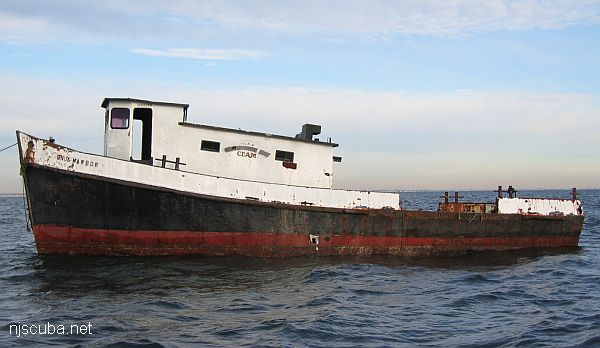
- Type:
- artificial reef, trawler
- Built:
- 1954, N.R. Norton Welding Co, Bayou La Batre, AL USA
- Specs:
- ( 65 ft ) 50 GT
- Sponsor:
- Manasquan River Marlin & Tuna Club, Ann E Clark Foundation
- Sunk:
- Saturday January 28, 2006 - Axel Carlson Artificial Reef
- GPS:
- 40°03.452' -73°59.985'
- Depth:
- 80 ft
More: Snug Harbor ...
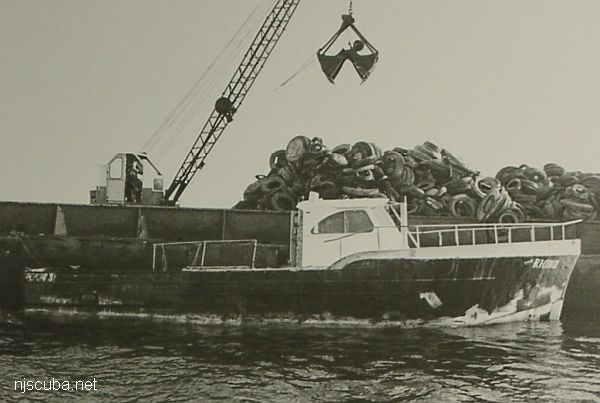
- Type:
- artificial reef, crew boat
- Specs:
- ( 50 x 13 ft )
- Sponsor:
- Caldwell's Diving Company, Absecon Saltwater Fishermen
- Sunk:
- Friday May 27, 1988 - Garden State South Artificial Reef
- GPS:
- 39°33.693' -74°06.123'
- Depth:
- 65 ft
More: The Rhino ...
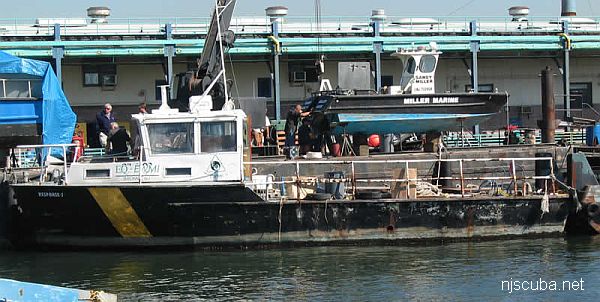
- Type:
- artificial reef, buoy tender
- Built:
- 1969, Curtis Bay MD USA ?
- Specs:
- ( 46 ft ) 37 GT
- Sunk:
- Tuesday January 8, 2008 - Sea Girt Artificial Reef
- GPS:
- 40°07.931' -73°56.373'
More: Response 1 ...

- Type:
- artificial reef, barge
- Built:
- 1950, Dravo Corporation, Wilmington, DE USA
- Specs:
- ( 224 x 38 ft ) 997 GT
- Sponsor:
- BassBarn.com, Ann E Clark Foundation, PSE&G Habitat Restoration Fund
- Sunk:
- Thursday Sept 5, 2002 - Deepwater Artificial Reef
- GPS:
- 39°58.688' -74°11.410'
- Depth:
- 120 ft
More: Mantank ...
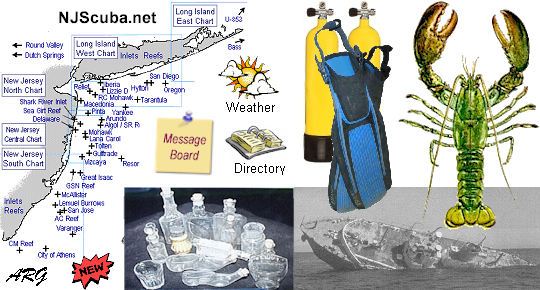
- Home ...
- Dive Sites ...
- Artificial Reefs ...
- Marine Biology ...
- Artifacts ...
- Gear & Training ...
- Blog ...
- Cozumel ...
Welcome to NJScuba.net, a website dedicated to exploring the New Jersey / New York region underwater -- "Wreck Valley". Here you will find information on dive sites, marine biology, artifacts and activities, gear and training, and many other subjects.
More: Home ...


